Kraków 2007-03-20
153b Section 1958-01-01
OKB Mikojan MiG-15 UTI 1953-01-23
LZR Bydgoszcz SB Lim-1/2 1958-01-01
Poland
History

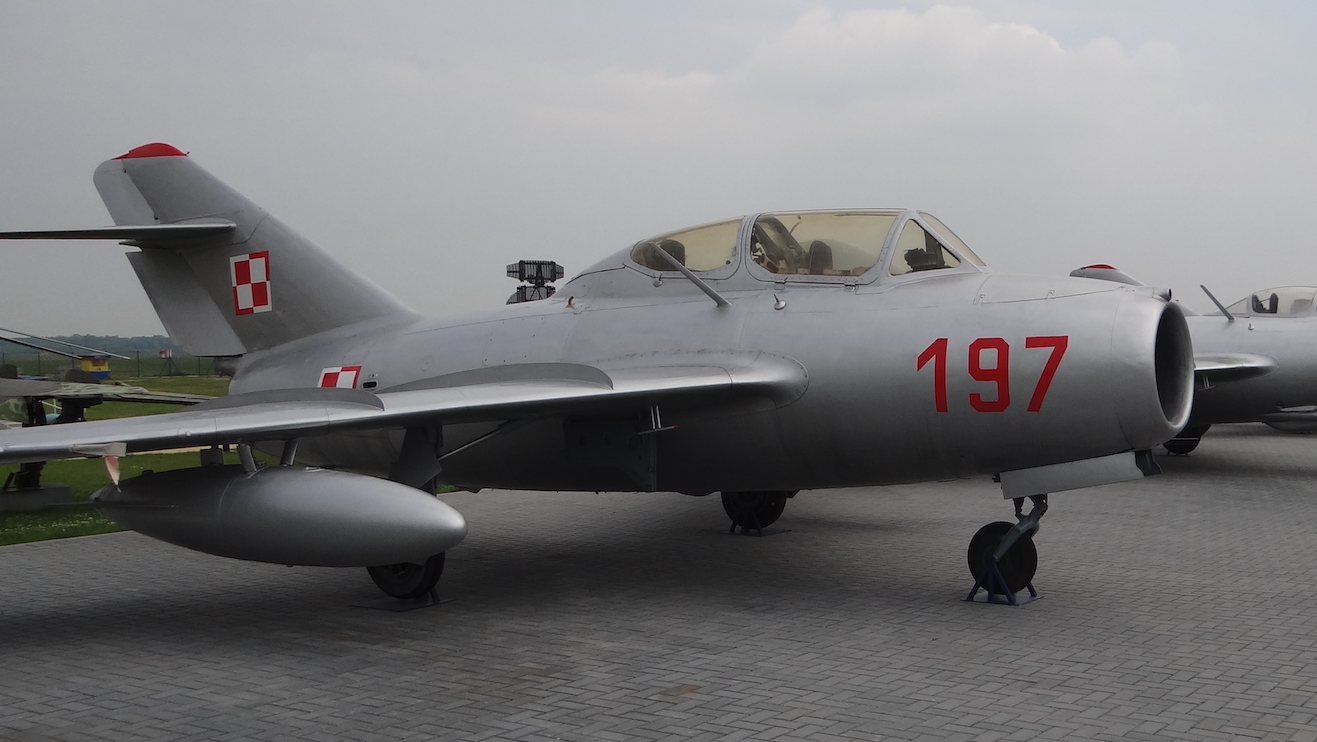
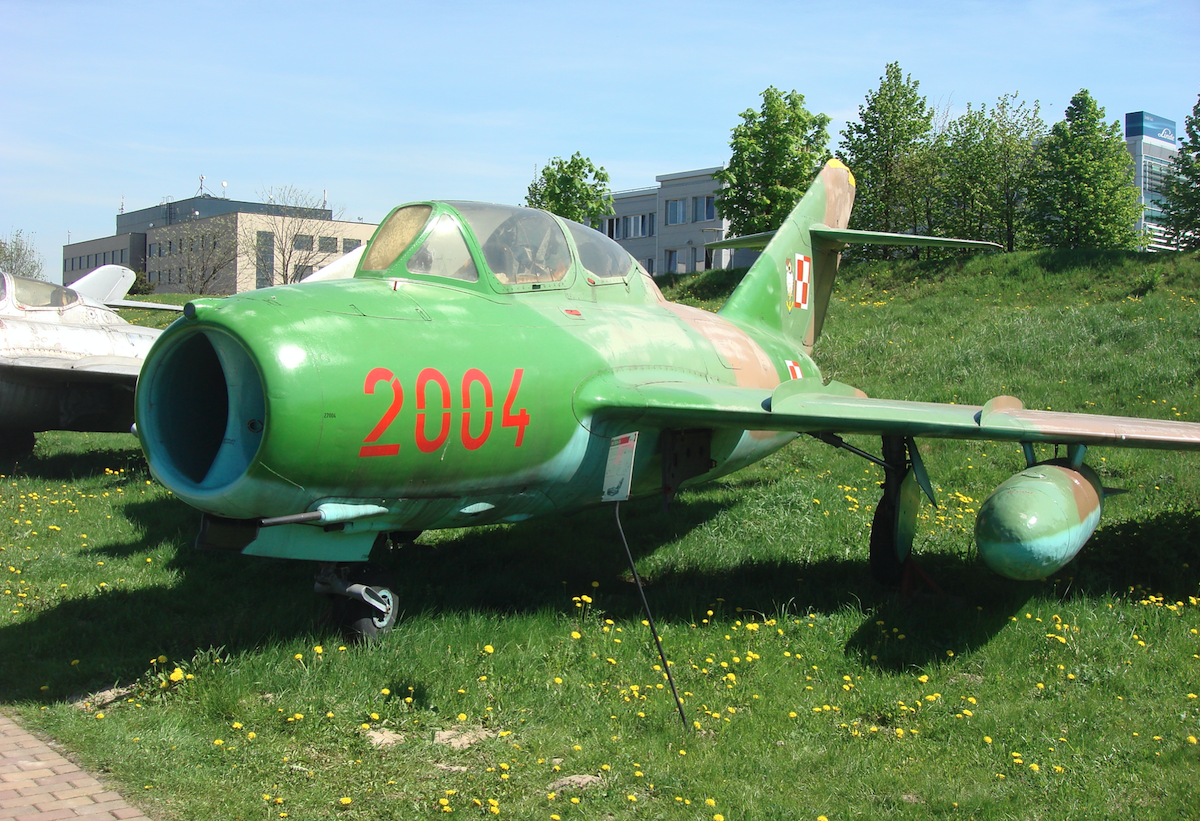

History MiG-15 UTI
At the end of July, probably on 1951-07-30, the first 4 MiG-15 UTI training aircraft landed at the Bemowo airport in Warsaw, and their numbers are; 104-11, 104-23, 104-24, 104-25. By the end of 1952, we received about 20 MiG-15 UTI copies from CCCP. We also received several aircraft from Czechoslovakia. Initially, these planes were placed in regiments equipped with MiG-15, but later they were collected in a training base in Krzesiny, in the 62nd Fighter Training and Training Regiment.
The MiG-15 UTI together with the single-seat MiG-15 went to OSL-5 (Officers School of Aviation) in Radom in 1954. MiG-15 UTI did not reach the OSL-4 in Dęblin until 1955.
In connection with the mass production of Lim-1 and then Lim-2 aircraft in enormous quantities, it was necessary to acquire a larger number of two-busters.
PZL SB Lim-1. 1958.
Around 1956, it turned out that soon the new MiG-17 fighters equipped with SR would enter the armament of the Polish Military Aviation, thanks to which they would be able to operate in almost any weather conditions. That is why it was inevitable that the Lim-1 fighters, which remained in service until the end of the 1950s, would slowly withdraw from the fighter regiments. This triggered further actions. Due to the very small number of duplexes for training MiG-15 UTI, the opportunity to convert Lim-1 aircraft to SB Lim-1 was born.
Because the WSK PZL-Mielec production plant was not able to carry out these modifications in a timely manner, it was decided to entrust this task to LZR (Lotnicze Zakłady Remontowe) in Bydgoszcz. All Polish two-seater Lim aircraft were created at LZR in Bydgoszcz, by rebuilding the existing single-seater Lim-1, Lim-2 aircraft. Polish busters differed significantly from the Soviet ones. Radio-electronic equipment and armament were different. The modifications were carried out according to rationalization projects of the Air Force technical staff. That is why the construction was also different.
It was possible that there were two-seater aircraft built of two different machines. E.g. the front part with Lim-1 and the back part with Lim-2. This situation makes it very difficult to present a fairly reliable list of aircraft in use. From 1958 to 1960, at least 100 machines were converted to SB Lim-1.
PZL SB Lim-2. 1960.
At the beginning of the 1960s, Lim-2 fighters began to be converted into a two-story house. The aircraft received the SB Lim-2 designation. About 200 items were converted.
PZL SB Lim-1 A (1965) / 2 A (1968).
From 1958, the remaining Lim-1/2 aircraft were moved to fighter-attack aircraft. They had to be adapted to support, recognize and direct artillery fire. SB Lim-1 and SB Lim-2 planes, began to be rebuilt into the so-called Artillery Marked SB Lim-1 A (from 1965) and SB Lim-2 A. (from 1968) Initially they were marked instead of the letter A, abbreviation Art The conversion was carried out at LZR (Aeronautical Repair Works) in Bydgoszcz.
In order to adapt the aircraft to new tasks, the controls were removed from the second cabin and the navigator panel was mounted. Utilities increased to 2 NR-23 plots. On some aircraft, a camera and a pilot periscope were mounted under the middle of the fuselage. To increase the range, additional tanks with a capacity of 2 x 400 liters have been replaced with 2 x 600 liters. The crew consists of a pilot and a navigator. There were no controls in the navigator's cabin. However, the necessary equipment to perform the tasks was built. Lim-1 A was equipped with an AFA-21 camera, while Lim-2 A received a second AFA-39 in addition to the AFA-21 camera.
Lim-2 A aircraft received characteristic painting in protective colors two- or three-color camouflage.
The last copies of SB Lim-1 were decommissioned in 1975, while SB Lim-2 flew after 2000.
PZL SB Lim-2 M.
Several copies of SB Lim-2 A underwent another transformation. Second control gears were installed again and modernization was carried out. The new aircraft were designated SB Lim-2 M. They served in the army until the first years of the 21st century. The aircraft mainly served as training and reconnaissance machines.
Written by Karol Placha Hetman
Kraków 2007-03-20
153b Section 1958-01-01
OKB Mikojan MiG-15 UTI 1953-01-23
LZR Bydgoszcz SB Lim-1/2 1958-01-01
Poland
Construction SB Lim-1/2
Construction MiG-15 UTI, SB Lim-1 /2 / 1 A / 2 A / 2 M.
View the Lim-1, Lim-2.
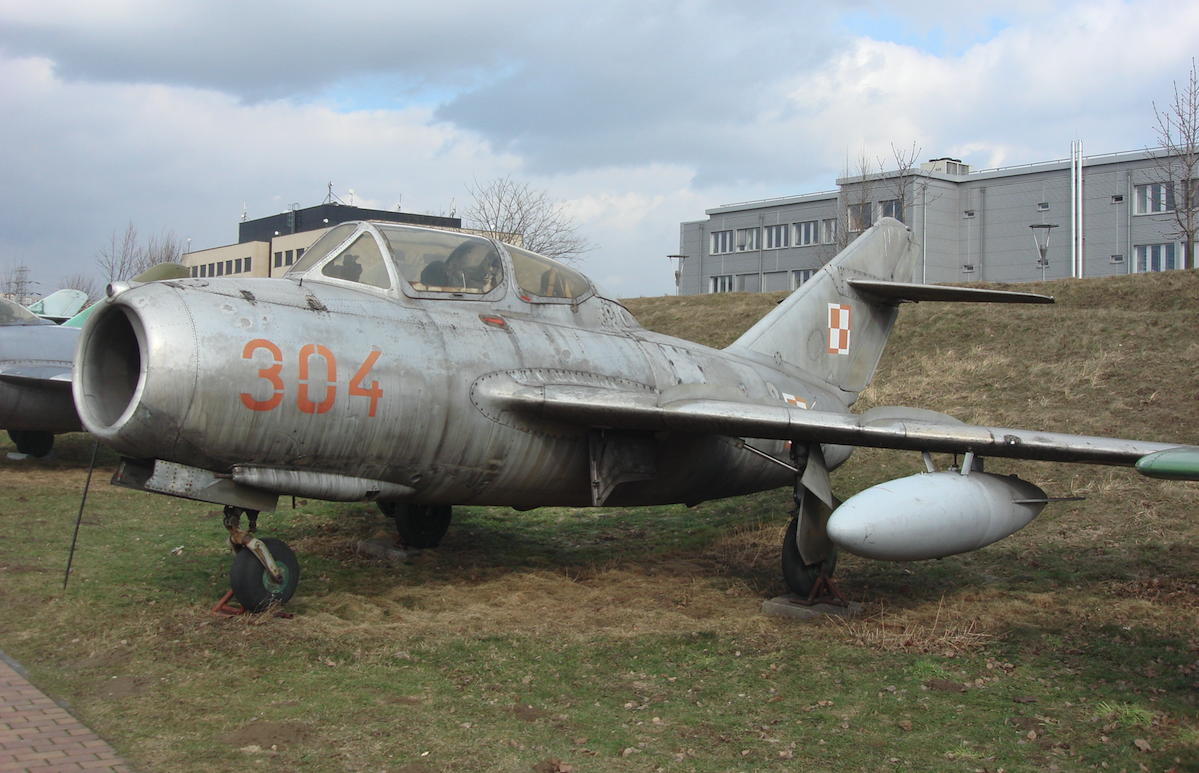

SB Lim-2 is a multi-purpose fighter aircraft. Designed for training, combat tasks (combating aerial and ground targets in conditions of target visibility), reconnaissance including aerial photography, correcting artillery fire.
The aircraft was equipped with a double cabin in a tandem arrangement. Depending on the version, the first cabin is occupied by a pilot (pilot-student), the rear cabin is occupied by an instructor or navigator. The navigator operates cameras and, using radio communication, corrects artillery fire at enemy ground targets.
Lim-1 A was equipped with an AFA-21 camera, while Lim-2 A received a second AFA-39 in addition to the AFA-21 camera.
Lim-2 A aircraft received characteristic painting in protective colors two- or three-color camouflage.
Equipment MiG-15 UTI, SB Lim-1, SB Lim-2.

Shooting equipment of the two-seater version.

Data T-T SB Lim-1, SB Lim-2.
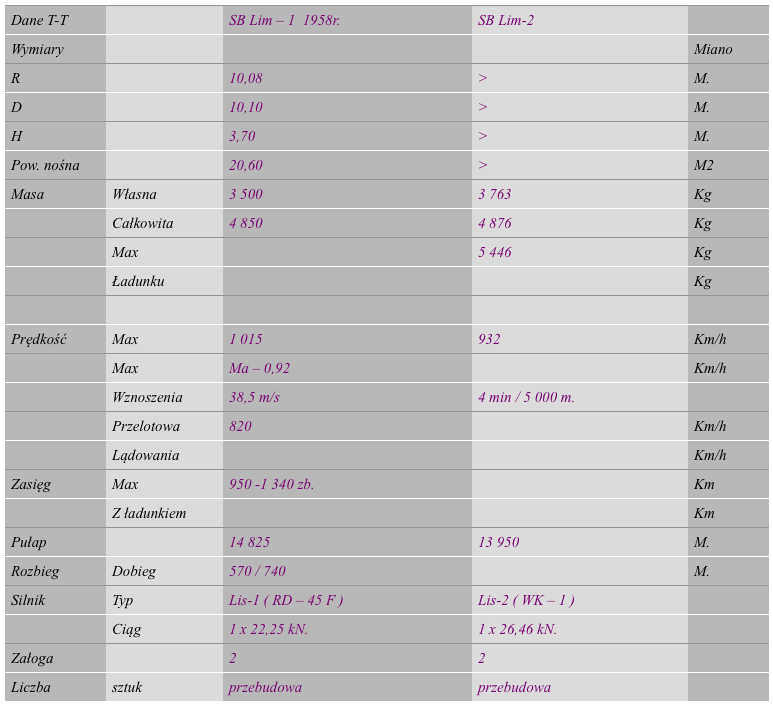
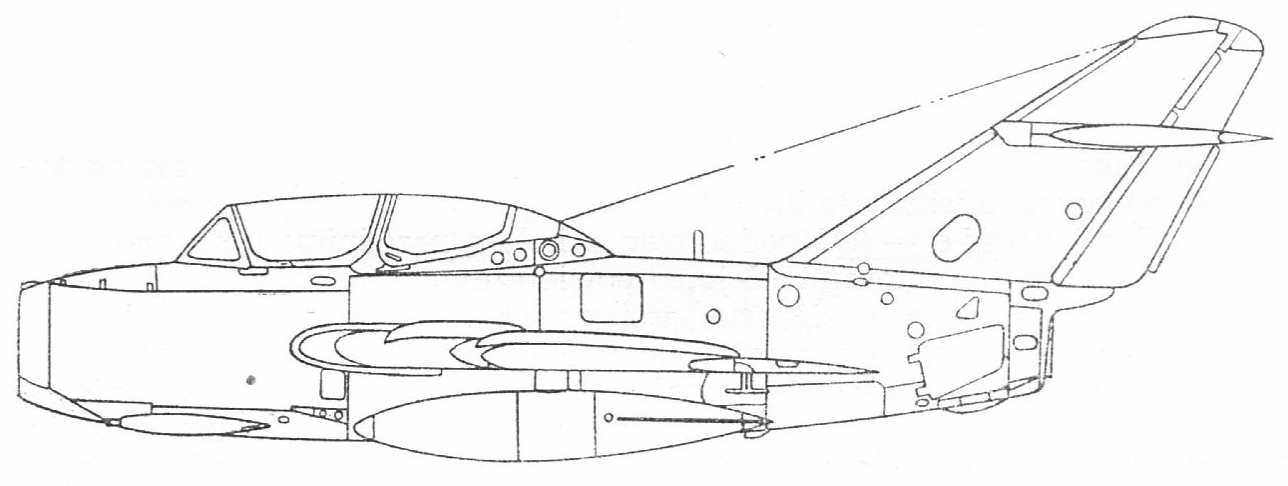
Written by Karol Placha Hetman
Kraków 2007-03-20
153b Section 1958-01-01
OKB Mikojan MiG-15 UTI. 1953-01-23
LZR Bydgoszcz SB Lim-1/2. 1958-01-01
Poland
Tally
MiG-15 UTI. The first batch of 4 aircraft delivered 1951-07-30, to the airport in Bemowo. They were used planes. They had the numbers 104-11, 104-23, 104-24, 104-25.
MiG-15 UTI. Another 16 MiG-15 UTI aircraft were delivered by the end of 1952. Most of these machines were gathered in the 62nd Fighter Training and Training Regiment. In 1954, some of them were transferred to school in Radom, and in 1955, several pieces were transferred to school in Dęblin.
SB Lim-1. In the years 1958-1960, about 100 Lim-1 aircraft were rebuilt into SB Lim-1 aircraft. The reconstruction was carried out at Lotnicze Zakłady Remontowe in Bydgoszcz. The last copies ended service in 1975.
SB Lim-1 No. 1A 06-010 / 6010. After serving (around 1980), it was sent to a museum in Warsaw (Czerniakowski Fort).
SB Lim-1 No. 1A 06-034 / 634. In 1970, the aircraft was in camouflage.
SB Lim-2. In 1960-1962, approximately 200 Lim-2 and SB Lim-1 aircraft were converted to SB Lim-2 aircraft. All these planes had Lis-2 (WK-1) engines.
Known the SB Lim-2 aircraft:
SB Lim-2 No. 1B 02-005 / 205.
SB Lim-2 M No. 1B 03-004 / 304. In 2005, it was in a museum in Krakow.
SB Lim-2 No. 1B 05-097 / 597.
SB Lim-2 No. 1B 06-006 / 006. The plane was shown at a picnic in Góraszka in 2006.
SB Lim-2 No. 1B 06-018 / 018. In 2006, at the museum in Krakow.
SB Lim-2 M No. 1B 07-061 / 761. In 2005 it was restored. In 2006, demonstrated in Krzesiny.
SB Lim-2 No. 1B 07-071 / 771. Used in Radom in 1960.
SB Lim-2 No. 1B 08-020 / 8020. In 2006, it was at the museum.
SB Lim-2 No. 1B 11-035 / 1135. In 1970, it was in a museum in Krakow.
SB Lim-2 A nr 1B 20-004 / 2004. In 2005, it was in a museum in Krakow.
Written by Karol Placha Hetman
